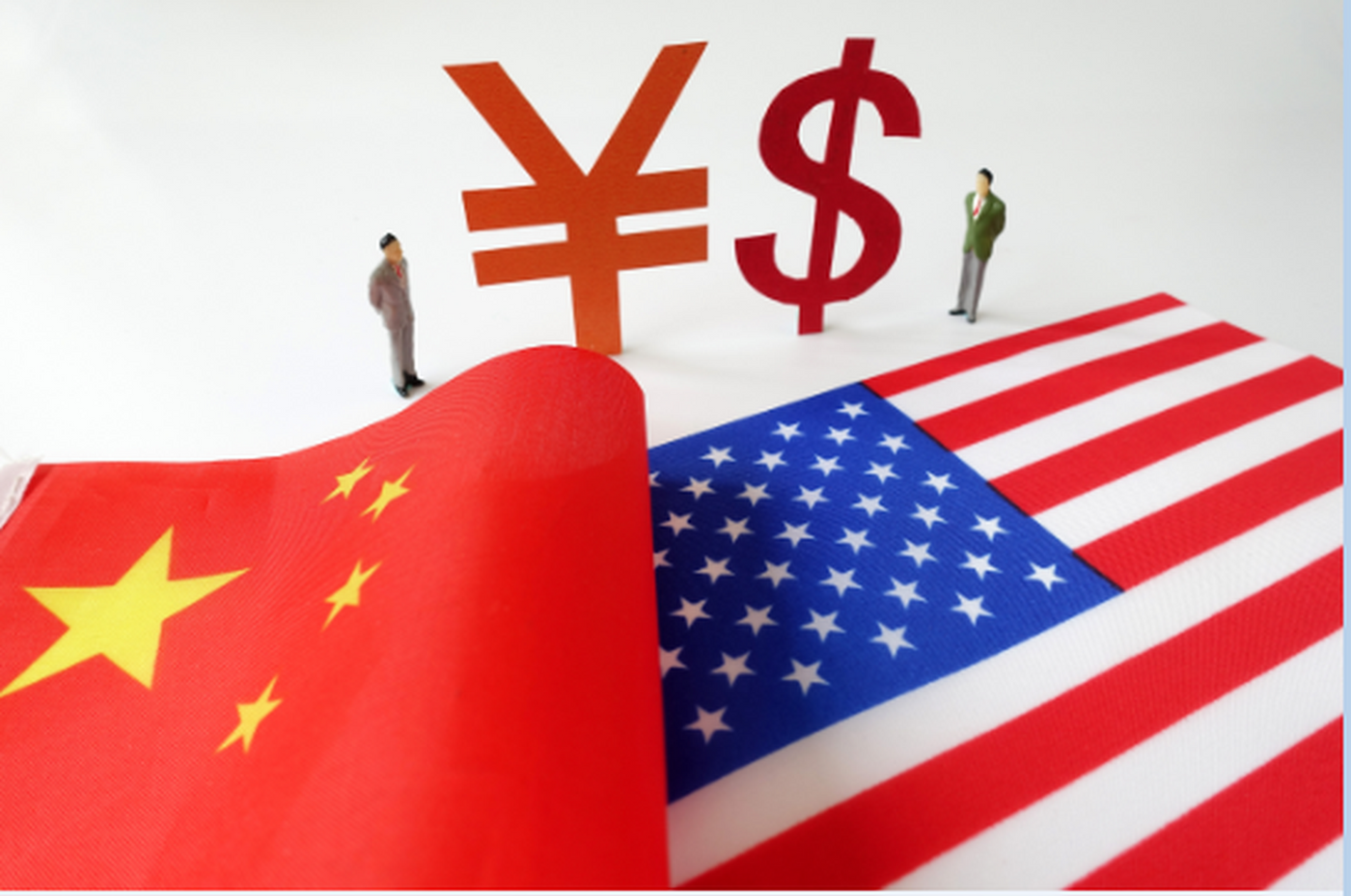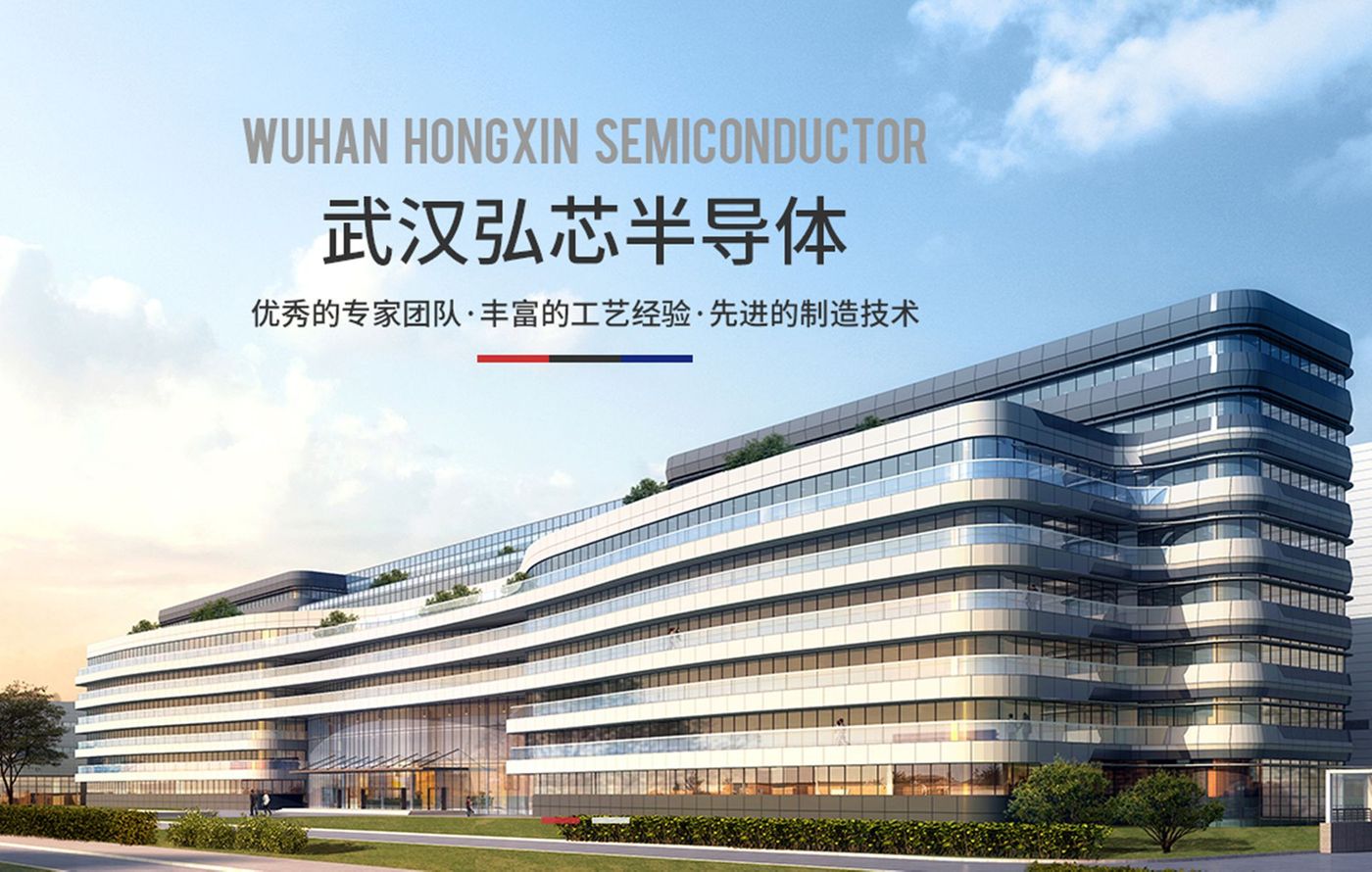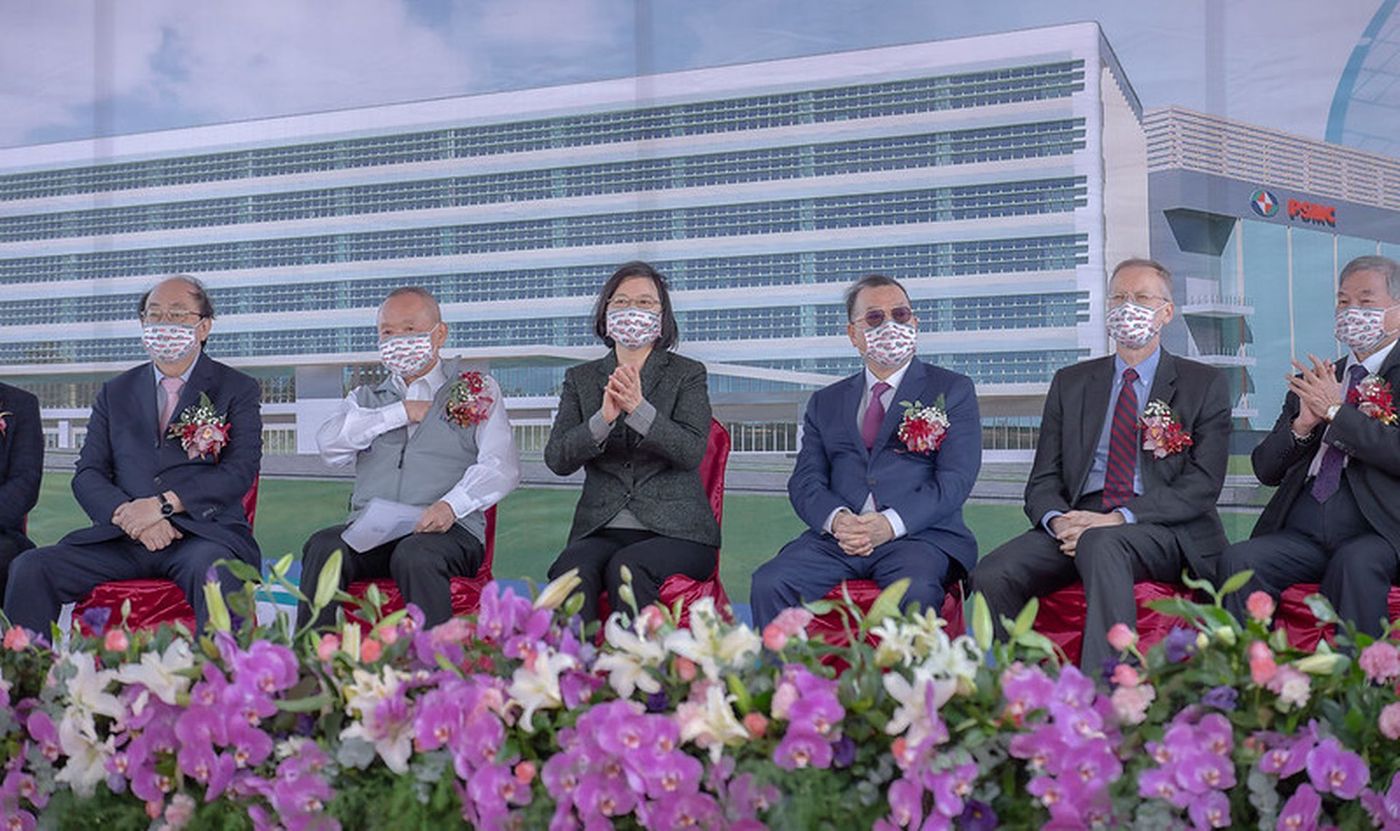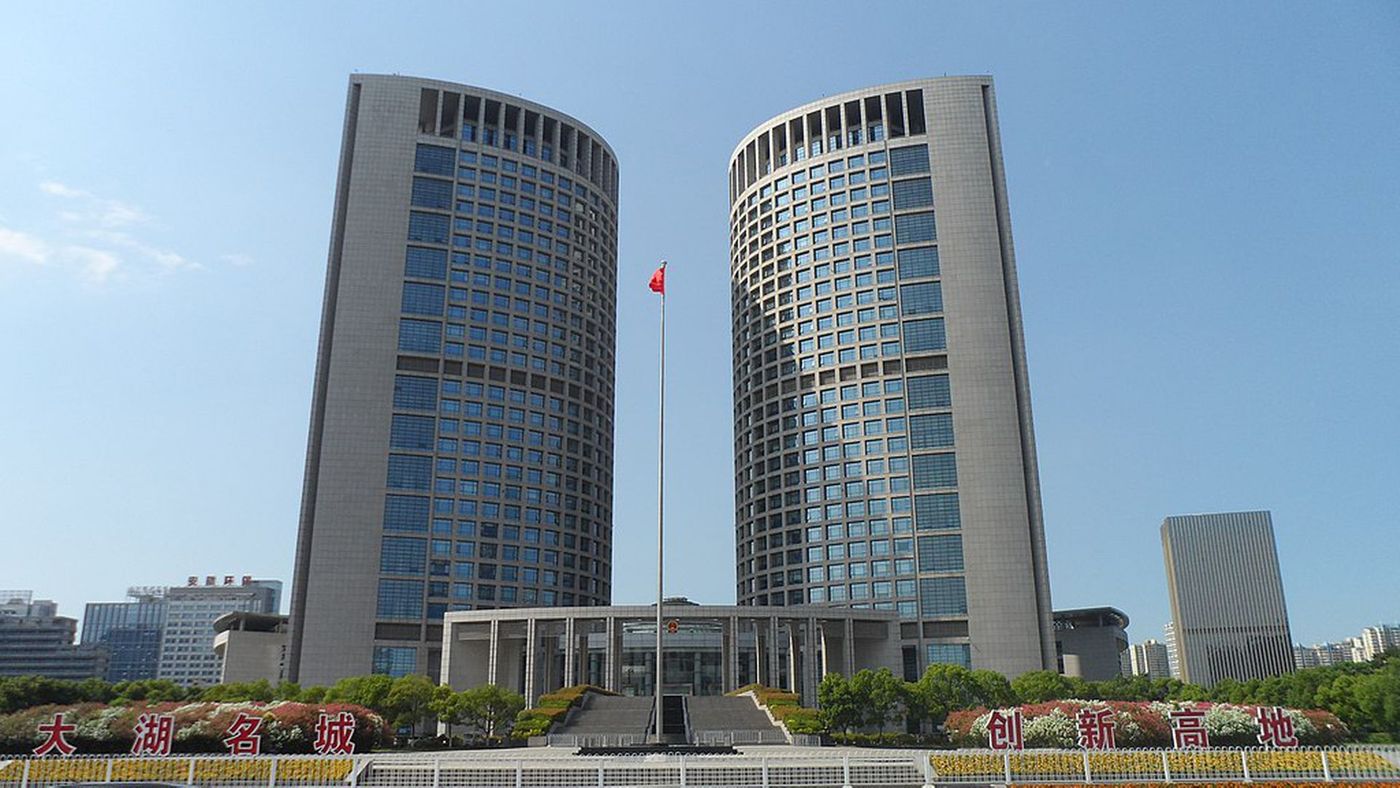
多維新聞記者,專職分析產業政策、經濟,偶爾發癲罵一罵政府
Cross-strait semiconductor tightrope "Hefei Model" is worthy of reference for Taiwanese companies to develop in China
The original text was published on 2021/5/26 " Multidimensional News "
Since former U.S. President Donald Trump launched a tariff war on mainland China in 2018, the overall investment of Taiwanese businessmen in mainland China has experienced a major decline. In 2018, there were still about 8.5 billion US dollars. About $4.2 billion, and about $5.9 billion in 2020. The United States continues to suppress mainland China, escalating from a tariff war to a trade war, and today it has become a technology war, and it has cut off the supply of advanced chips to mainland China. As the region with the largest chip production in the world, it is naturally difficult for Taiwan to stay out of it. Taiwanese companies that originally supplied chips to Chinese companies were worried that they would be "opened up" by the United States, and they all checked whether their supply chains complied with U.S. regulations, in order to avoid the Tianjin Feiteng incident that happened before.

What opportunities do Taiwanese companies have in mainland China?
At the same time, mainland China is also strengthening its own chip supply chain. In 2020, in addition to SMIC's rapid return to A, there will also be a lot of people who have changed careers to make chips and semiconductors, setting off a "big chain" core”, but most of these companies have a lot of water. For example, “Wuhan Hongxin”, which claimed to have obtained ASML extreme ultraviolet (EUV) lithography machines and hired TSMC veteran Jiang Shangyi as CEO, broke out that the The lithography machine was mortgaged to the bank, and the empty-handed white wolf cut the leeks of the Wuhan municipal government, and the same group of people also broke out that the "Jinan Quanxin" was established in Shandong Province, and used a similar routine to do the empty-handed white wolf again. These two incidents have undoubtedly caused harm to the semiconductor industry in mainland China.

For mainland China, Taiwan is still inseparable from the field of chip manufacturing in a short period of time. For Taiwanese companies, despite the increasing investment and operating costs in the context of increasingly improved regulations in mainland China, the escalating conflict between the United States and China has also led many Taiwanese companies to take hedging actions against mainland China, which will partially The industrial chain is transferred to other countries. However, in general, the increased consumption power of the Chinese mainland people is still a market that Taiwanese companies are unwilling to give up; the improved human resources and infrastructure in mainland China make it difficult for Taiwanese companies to completely move their industrial chains out of mainland China; With the gradual strengthening of capital strength, many Taiwanese companies are seeking to list on A-shares.
Wealth insurance seeks Powerchip Technology, which is listed in both Taiwan and Taiwan Strait
There is a knife beside the sharp word. Of course, there are also some Taiwanese companies with "artistic talents". As the Taiwan government gradually regards the "red supply chain" as a threat, they have instead gone the opposite way and proactively entered the "red supply chain". Chain" seeks opportunities, and is listed on the stock market on both sides of the strait, making money on both sides of the strait. Previously, Powerchip Semiconductor Manufacturing Co., Ltd. (Powerchip Electronics), a subsidiary of Powerchip Technology, held a ribbon-cutting ceremony for the foundry ground-breaking ceremony in Tongluo Township, Miaoli County, Taiwan. It is expected to be held in this (2021) year Listed on the Taiwan stock market from September to October; and recently, Powerchip Technology and Hefei Municipal Government in 2015, a joint venture wafer foundry company, Hefei Jinghe Integrated Circuit Co., Ltd. (Jinghe Integrated Circuit) submitted a prospectus to the stock exchange The application form is intended to be listed on the Science and Technology Innovation Board.

Jinghe Integrated Circuit intends to raise 12 billion yuan (equivalent to NT$52.2 billion) in this listing to build a new 12-inch wafer foundry in Hefei Xinzhan High-tech Industrial Development Zone. The company currently has 150-nanometer to 90nm process technology, and this new fab will carry out product research and development of 55nm process, mainly used in LCD panels, mobile phones and consumer electronics and other fields.
As of the signing date of the prospectus, the top three shareholders of Jinghe Integrated are Hefei Construction Investment (31.14%), Powerchip Technology (27.44%), Hefei Xinping (21.85%), and they have also received investment from Midea Group. Jinghe Integrated is the third largest wafer foundry company in mainland China after SMIC and Hua Hong Semiconductor.
Hefei Model: China's Best Venture Capital Institution
The first-line bases for the production of white goods in mainland China are mainly concentrated in Qinghai City, Shandong Province and Foshan City, Guangdong Province, while Hefei City in Anhui Province is only a second-line white goods production base, and its products are mainly sold in mainland China. However, the Hefei municipal government turned things around through a series of aggressive but prudent and orderly strategic investments, and was hailed by mainland Chinese netizens as "China's best venture capital institution."

In 2008, Hefei City introduced BOE's 6th-generation panel production line, giving BOE a shot in the arm, which was then lost to international companies in first-tier cities. BOE's factories have brought a lot of employment opportunities to Hefei, and its panels have not failed. The desired "win glory for the country" is widely used in Hefei's intelligent manufacturing factories and hospitals, etc., combined with its home appliance products, and its technology has improved Hefei's industrial chain and consolidated the Hefei Municipal Government's chance of winning the next bet.
In 2017, the Hefei Municipal Government cooperated with GigaDevice to jointly establish Hefei Changxin, specializing in the R&D and production of DRAM (Dynamic Random Access Memory). To a certain extent, it has the ability to develop self-developed DRAM.
In March 2020, the Hefei Municipal Government, which relies on previous investments and has rich experience in industrial chain integration, announced to invest in NIO, bringing it back from the brink of bankruptcy, attracting it to settle in Hefei, and later establishing Neo Park (Xinqiao) The project, with NIO as the main user, will further integrate its industrial chain, try to gain a dominant position in the field of electric vehicles, and promote industrial upgrading. (Extended reading: Can Weilai Automobile transform from "China's Weilai" to "World's Weilai" )
The seemingly aggressive investment of the Hefei Municipal Government is not aimless, but is based on a detailed understanding of its own industrial characteristics, prudently attracting companies that can improve their own industrial chain, and supporting them. In addition to bringing tax revenue and increasing GDP, it also brings new opportunities to Hefei's industrial planning. In addition, it has enough chances to continue to make the next strategic investment, and it also integrates the existing industrial chain and leads the company to fight the "overall battle". .

The Jinghe Integration, a joint venture between Powerchip Technology and the Hefei Municipal Government, can just provide the chips needed by local companies for production, which will help further alleviate the current chip shortage. The beautified semiconductor industry chain is also helpful, and it also helps to increase the utilization rate of semiconductor equipment made in China, and the feedback data can also promote the development of the semiconductor equipment industry chain.
Although Huang Chongren, chairman of Powerchip Technology, had many controversies in the past, his radical "stock speculation" skills also made investors love and hate him, but he also showed his ability to "walk the tightrope". Actively carry out resource integration, Jinghe Integrated Circuit has received official attention in mainland China, and PSMC has also received attention from the Tsai Ing-wen government. While the company is making money on both sides, it also drives industrial development on both sides. Taking the "Hefei Model" as a resource condition to stimulate the spirit of cooperation in the semiconductor industry across the Taiwan Strait is not a kind of mutual benefit and should be used as a model model for the governments, enterprises and people on both sides of the Taiwan Strait.
Like my work?
Don't forget to support or like, so I know you are with me..
Comment…